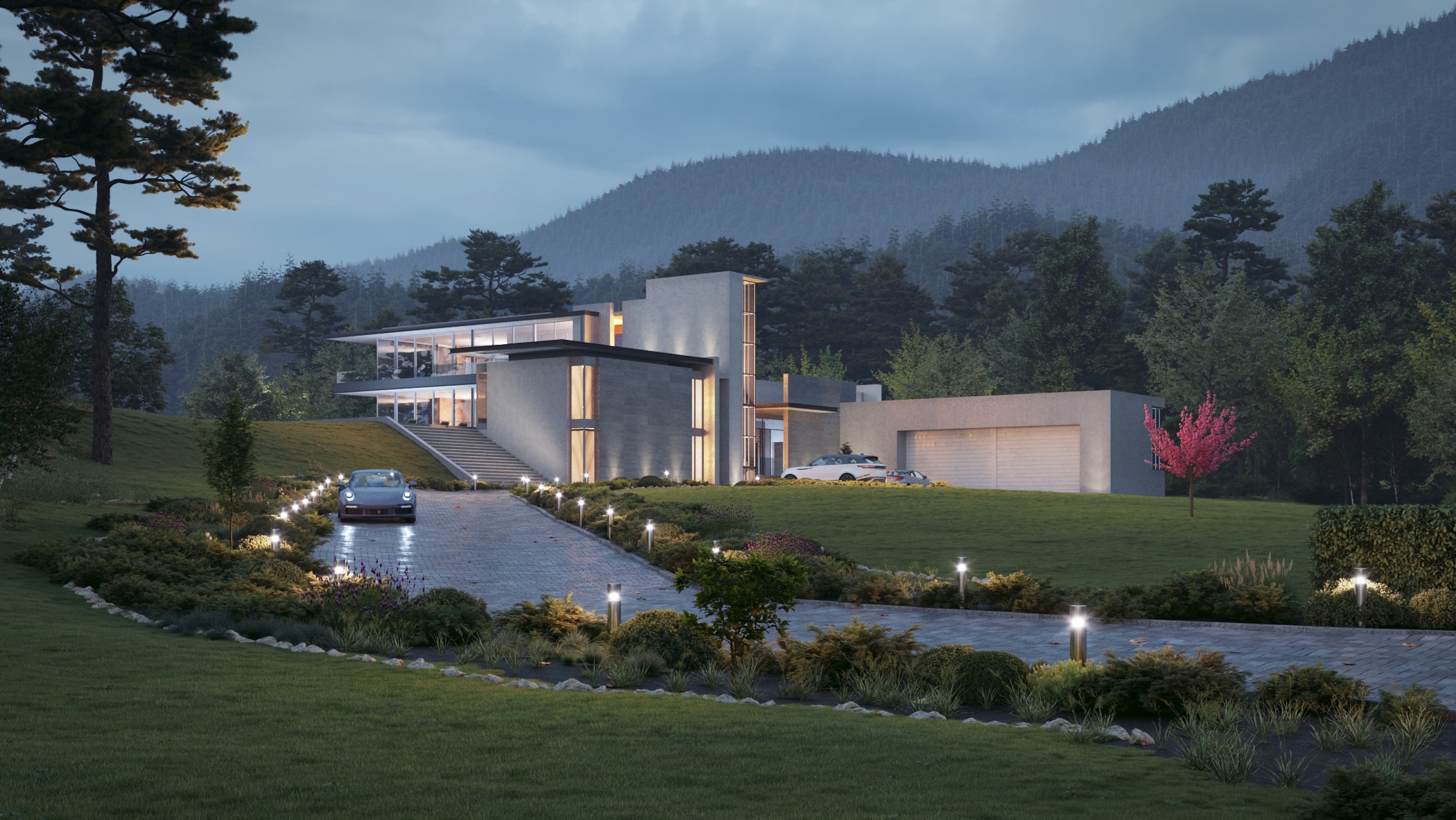

Similarly, V-Ray uses Color Mapping to help translate the information collected by the sample rays into usable pixels we see within our rendered image. The settings used to adjust these buckets can be found within the Render Region Division section.Ī camera in the real world uses exposure controls to determine how it handles the brightest and darkest parts of a captured image.

Region rendering - When V-Ray uses a non-progressive image sampler, the rendered image is broken up into small pieces, also known as buckets, to help calculate and complete the image faster. The settings used to adjust how V-Ray does this, and the relationship between pixels in the render can be found on the Image Sampler (Anti-Aliasing) page. Overall image sampling - Raytrace renders, like V-Ray, shoot rays out from the camera to sample what is found in the scene to help determine what color each pixel will be in a rendered image.

Out of Core (WIP) – Enables an experimental feature for evicting triangle meshes out of the GPU memory when they are no longer needed in order to make room for other resources, once the renderer has run out of memory. This does not affect textures used for lights and displacement. You can choose between 8 bit, 16 bit and 32 bit. GPU Texture Format – The amount of bits per channel used to store the material texture information into memory. GPU Texture Size – When GPU Resize textures is enabled, this value specifies the resolution to which the textures are resized. This option is not available in Interactive Rendering Mode. Once it detects that all textures are loaded, it switches automatically to the traditional, faster mode, and a message about modes changing displays in the V-Ray log. During the texture-detection process, V-Ray GPU renders slower. As a result, the GPU memory consumption could be decreased textures that are not visible are not loaded, and textures that are further away from the camera are loaded with a lower resolution. On-demand mipmapping – Instead of loading all the texture files at their default resolution (original or resized), V-Ray loads the textures as needed and automatically creates mip-map tiles for them (regardless of their texture type). Resize all textures – Adjusts the size of high-resolution textures to a smaller resolution to optimize render performance. The possible values are:įull size textures – Textures are loaded at their original size. GPU Resize Textures – Determines how textures' resolution/size are handled to help optimize memory usage. See more information at Rendering with V-Ray GPU. Rendering Devices – This button opens a window where you can specify which GPU devices to be used for rendering. GPU Engine – Specifies which GPU platform to use for calculations - CUDA or RTX. When the engine is set to V-Ray GPU, a number of options are exposed in the rollout.Įngine – Allows you to choose between V-Ray and V-Ray GPU engines.


 0 kommentar(er)
0 kommentar(er)
